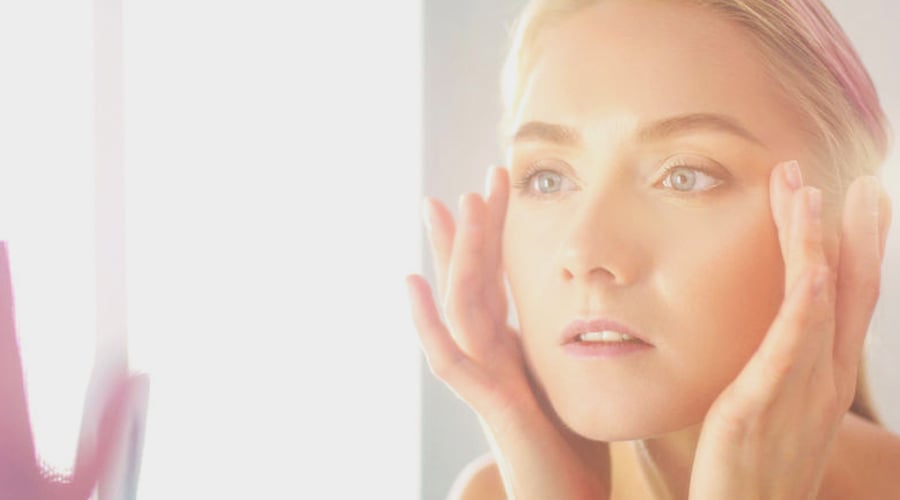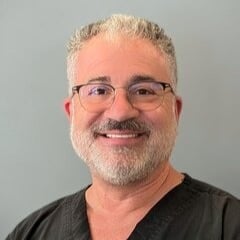For decades, avascular necrosis (AVN) of the femoral head was regarded as a degenerative...
New Study Indicates HBOT Improves Phenol Chemical Peel Results

In a new study published in Plastic Surgery—the official journal of the Canadian Society of Plastic Surgeons, the Canadian Society for Aesthetic Plastic Surgery, Group for the Advancement of Microsurgery, and the Canadian Society for Surgery of the Hand—a group of physicians and researchers determined that patients undergoing HBOT following phenol chemical peeling (PCP) experienced faster recovery times and improved outcomes for deep skin blemishes and scarring.
Phenol peels are generally used by physicians with patients suffering from coarse wrinkles, significant sun damage resulting in severe skin blotchiness, pre-cancerous growths (keratoses), and deep acne scars. When people speak of a “deep” chemical peel, they are generally referring to phenol peeling.
Phenols are also commonly known as carbolic acids. While they have been credited with improving deep scarring and blemishes to the skin, phenols can be dangerous. Phenol peels are performed under the guidance of a physician; they require moderate sedation and heart monitoring throughout the procedure, and typically call for a recovery period of a few weeks.
Potential negative effects of PCP include significant swelling, severe pain and scarring. According to the Mayo Clinic, following a deep chemical or phenol peel, patients often "experience severe redness and swelling," as well as "burning and throbbing, and your eyelids might swell shut." Individuals receiving deep chemical peels may also witness the appearance of “cysts or white spots...for several weeks and redness [that] might last for months.”
"After nearly one month of daily evaluation, it was determined the group of patients receiving HBOT after PCP experienced significantly better near-term and long-term outcomes..."
A group of researchers from Tel Aviv University, Assaf Harofeh Medical Center and Wolfson Medical Center in Israel who were aware of the benefits of HBOT for wound healing recently sought to determine whether this treatment, performed directly after PCP, would lead to improved outcomes for patients, compared with patients undergoing PCP alone.
As part of this pilot randomized controlled clinical study, the researchers treated eight female patients with HBOT following PCP procedures over a period of five days, assessing pain, pruritus, erythema, crusting, scaling, and edema in the patients, as compared to a control group.
After nearly one month of daily evaluation, it was determined the group of patients receiving HBOT after PCP experienced significantly better near-term and long-term outcomes for each of the measured side effects when compared to the controlled group. The patients all tolerated HBOT well, without side effects.
This study demonstrates that HBOT may be a positive addition for patients undergoing PCP treatments, and based on these results, patients looking to undergo PCP treatments are advised to speak with their respective physicians about adding HBOT as a complementary modality.

Written by Alan Katz, MD, FUHM, FACEP, FAAEM
Dr. Alan Katz, National Medical Director of Hyperbaric Medical Solutions (HMS), is double board certified in Emergency Medicine and Hyperbaric Medicine. He directs clinical operations, education and research initiatives, and the integration of other regenerative medicine therapies....
Read More


